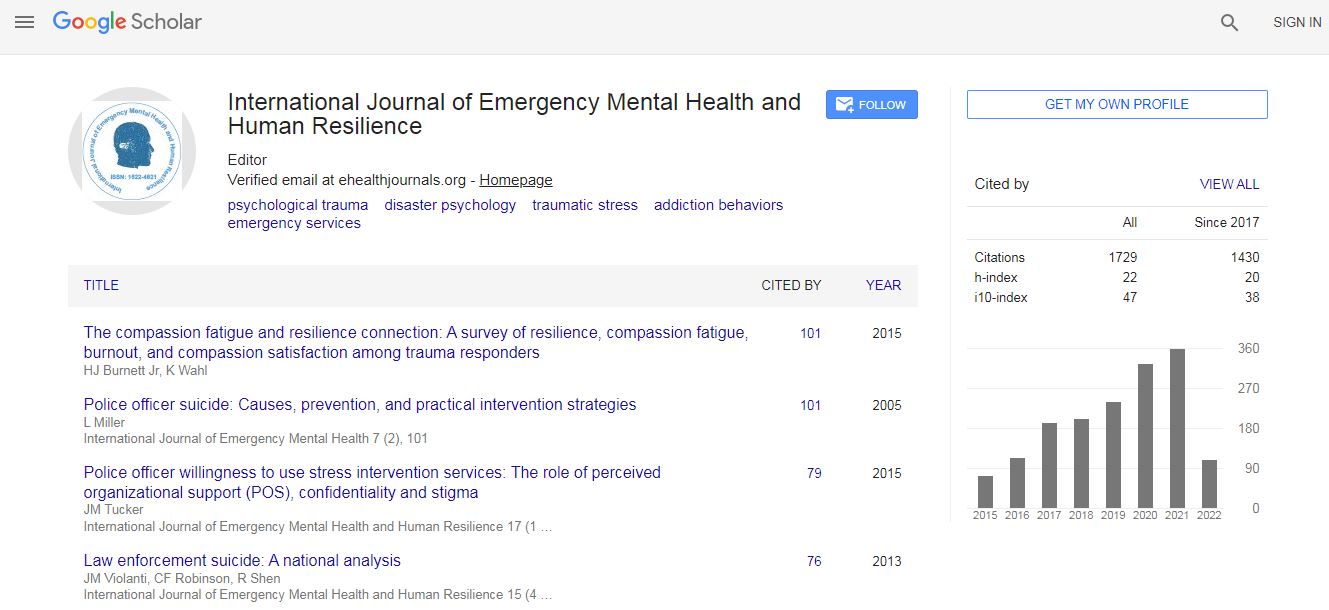Research Article
The Association of Anorexia Nervosa and Climate Revisited: A Bibliometric Perspective
Emilio Gutierrez1,2,3*, Andrea Puime1, Olaia Carrera2, Angela Fraga3, Reyes Vazquez2, Esther Claver41Facultad de Psicología, Universidad de Santiago de Compostela
2Unidad VenresClinicos, Facultad de Psicología, Universidad de Santiago de Compostela, Campus Vida, 15768, Santiago de Compostela
3Departamento de Psicología Clínica y Psicobiología, Facultad de Psicología, Universidad de Santiago de Compostela, Campus Vida, 15768, Santiago de Compostela
4Departamento de Psicología y Sociología, Facultad de Ciencias Humanas y de la Educación, Campus Huesca, Universidad de Zaragoza
- Corresponding Author:
- Emilio Gutierrez
Facultad de Psicología
Universidad de Santiago de Compostela
E-mail: emilio.gutierrez@usc.es
Abstract
Objective: A decade ago a first bibliometric study considered the worldwide distribution of scientific publications of anorexia nervosa to be an indirect indicator of its prevalence at different latitudes. This bibliometric approach was grounded on the hypothesis that the prevalence for a particular disorder in a geographical area could be associated to an increase in the allocation of funds and health care resources supporting clinical and research programs, which in turn would be associated with an increase in the production of related scientific literature.
Method: References to anorexia nervosa, anxiety disorders and seasonal affective disorders were retrieved from PubMed and PsycINFO databases and collected for the period 2000-2014. The distributions of the bibliographic references were mapped according to the institutional affiliation of their first author. Furthermore, according to their geographical coordinates each reference was catalogued in accordance with the Köppen classification system.
Results: A remarkable similarity in the distribution of references to anorexia nervosa for the two periods was observed as well as a differential association of anorexia nervosa to mid-latitudes climates in comparison to references to anxiety disorders and seasonal affective disorders.
Discussion: The distribution of references for anorexia nervosa have remained considerably stable over the last 25 years associated to higher but not extreme latitudes and to climates with regular seasons with no severe temperature variations across seasons. The replication of the data for these two time periods implies that ambient temperature should be included in the list of environmental risk factors for anorexia nervosa.

 Spanish
Spanish  Chinese
Chinese  Russian
Russian  German
German  French
French  Japanese
Japanese  Portuguese
Portuguese  Hindi
Hindi 